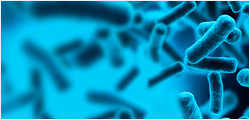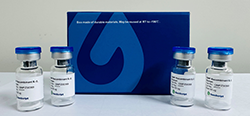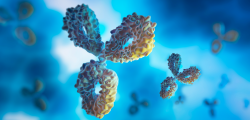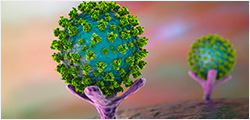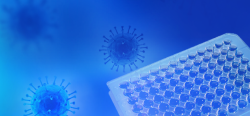Recent advancements in data technology offer immense opportunities for the discovery and development of new enzymes for the green synthesis of chemicals. Current protein databases predominantly prioritize overall sequence matches. The multi-scale features underpinning catalytic mechanisms and processes, which are scattered across various data sources, have not been sufficiently integrated to be effectively utilized in enzyme mining. In this study, we developed a sequence- and taxonomic-feature evaluation driven workflow to discover enzymes that can be expressed in E. coli and catalyze chemical reactions in vitro, using alcohol oxidase (AOX) for demonstration, which catalyzes the conversion of methanol to formal... More
Recent advancements in data technology offer immense opportunities for the discovery and development of new enzymes for the green synthesis of chemicals. Current protein databases predominantly prioritize overall sequence matches. The multi-scale features underpinning catalytic mechanisms and processes, which are scattered across various data sources, have not been sufficiently integrated to be effectively utilized in enzyme mining. In this study, we developed a sequence- and taxonomic-feature evaluation driven workflow to discover enzymes that can be expressed in E. coli and catalyze chemical reactions in vitro, using alcohol oxidase (AOX) for demonstration, which catalyzes the conversion of methanol to formaldehyde. A dataset of 21 reported AOXs was used to construct sequence scoring rules based on features, including sequence length, structural motifs, catalytic-related residues, binding residues, and overall structure. These scoring rules were applied to filter the results from HMM-based searches, yielding 357 candidate sequences of eukaryotic origin, which were categorized into six classes at 85 % sequence similarity. Experimental validation was conducted in two rounds on 31 selected sequences representing all classes. Among these selected sequences, 19 were expressed as soluble proteins in E. coli, and 18 of these soluble proteins exhibited AOX activity, as predicted. Notably, the most active recombinant AOX exhibited an activity of 8.65 ± 0.29 U/mg, approaching the highest activity of native eukaryotic enzymes. Compared to the established UniProt-annotation-based workflow, this feature-evaluation-based approach yielded a higher probability of highly active recombinant AOX (from 8.3 % to 19.4 %), demonstrating the efficiency and potential of this multi-dimensional feature evaluation method in accelerating the discovery of active enzymes.





